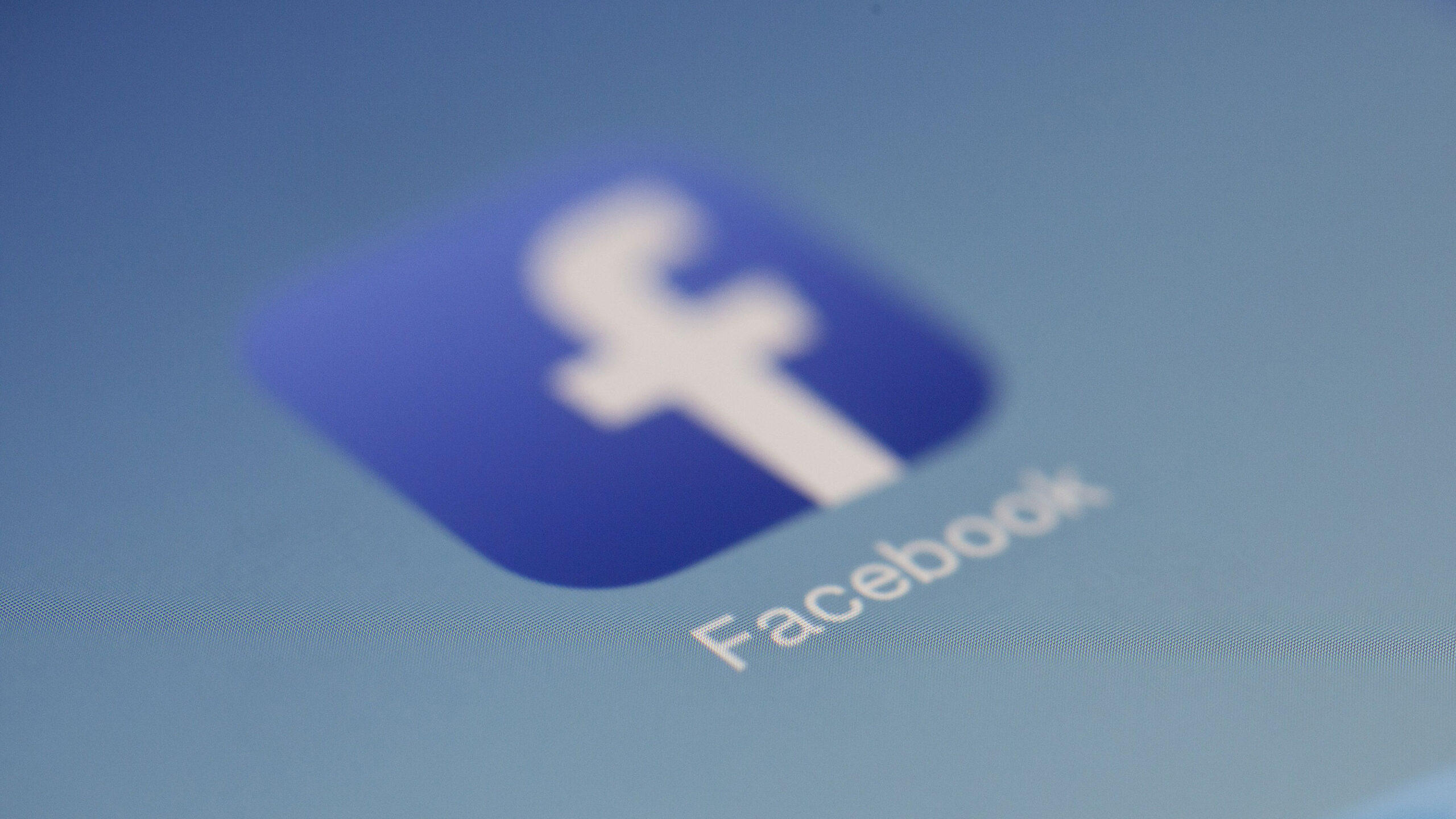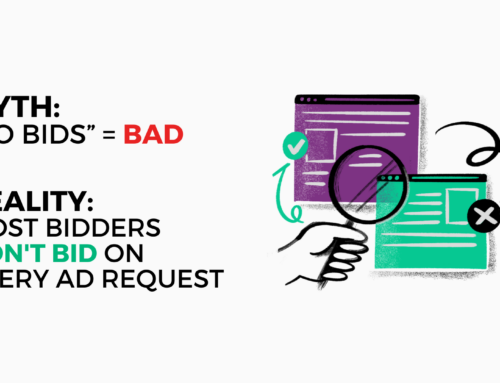Last year Facebook announced it would stop running Atlas, purchased by the company just 3 years prior, as an ad server. This decision signaled a move away from trying to build a product to directly compete with Google DoubleClick. Instead, they’d hone in on the strongest piece of their Atlas offering: their audience data. Fast forward to 2017, when, Facebook entered the header bidding game, opening up their Audience Network data to select partners. Notably, Amazon, who is looking to make digital advertising a “meaningful part of the business” in 2017, is included on Facebook’s list of approved partners. Both companies are setting their sights on the reigning king of advertising: Google. So who will win?
Here’s a look at what’s going on with the three heavy-weights.
Facebook’s market share is increasing
A recent study by eMarketer indicates Facebook is quickly catching up to Google in market share for digital ad spending in 2017. Facebook now accounts for 39.1% of all money spent on display advertising taking market share away from the likes of Google and Twitter. The company’s momentum in the display market can be attributed to their rich user data and time spent on their platform. Additionally, Instagram is helping to drive Facebook in the mobile display market, accounting for more than 20% of their mobile revenue. Looking to increase their market share. Facebook announced in March they would open up their header bidding product on a broader scale to mobile web publishers. Those looking to access the product can do so through a very select group of partners: Amazon Publisher Services, Sonobi, AppNexus, Sortable, Index Exchange, and Media.net. It’s hard to predict how this move will play out and if Facebook has plans to broaden their offering. However, it does indicate Facebook is looking to close the gap with advertising giant Google.
Amazon looks to entice publishers with innovation
In late 2016 Amazon announced it would roll out a cloud-based header bidding solution aimed solely at attracting more publishers to their platforms. The technology has the potential to reduce load times for publishers because the entire header bidding auction will now occur in the cloud and individual ad requests will occur at the server level and not in users’ browsers. This puts Amazon at the forefront of potentially producing the first truly server-to-server header bidding auction.
While the jury is still out on how publishers will respond, Amazon is making it clear they are looking to directly compete with advertising giants Facebook and Google. Amazon’s overall revenue from advertising increased 60% year-over-year in 2016 and shows no signs of slowing down.
Don’t count Google out just yet
Facebook may be dominating the display market, but Google is still the reigning king of digital advertising. Google accounts for 40.7% of all US digital ad revenue, a market that is poised to hit $83 billion this year. Yet Google is taking some hits, specifically from header bidding, which was created to allow publishers to circumvent the “last-look” advantage Google gave themselves in real-time advertising auctions. In response, Google quietly removed this advantage last month, eliminating the second-price auction. This move does not mean header bidding will go away, but it will force competitors offering header bidding as a solution to innovate their offering to compete with Google.
It’s hard to say how this will all play out; however, all eyes will be on these giants as they battle it out for advertising domination. What do you think?





